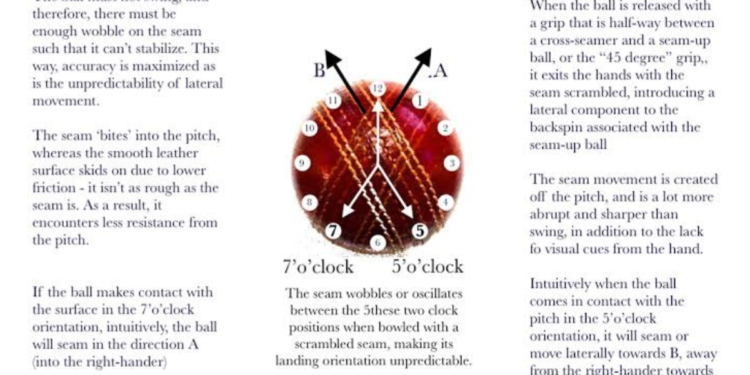Cricket Terminology in Hindi
Cricket, a beloved sport in India, has a unique set of terminologies in Hindi that resonate with fans across the country. From the stumps and bails to the wickets and boundaries, each aspect of the game is intricately defined in the Hindi language, adding a deeper connection for the local audience. Terms like “ran” for a run, “shatak” for a century, and “shatpratishat” for the batting average are commonly used during cricket matches and discussions.
Furthermore, the concept of a “maiden over” is captured as “khaalis over” in Hindi, emphasizing the idea of a scoreless over. Bowlers aim to bowl a maiden over to put pressure on the batting side, a strategy that is universally understood in the cricketing world. The terminology in Hindi not only facilitates communication among players and fans but also adds a cultural touch to the game, making it more inclusive and relatable for the diverse Indian audience.
History of Cricket in India
Cricket holds a revered status in Indian sports history. The game was introduced to India during British colonial rule. Its roots can be traced back to the 18th century when the British merchants and sailors first played cricket on the Indian soil. Initially, the sport was confined to the elite class and British officials, but over time it gained popularity among the Indian masses as well.
The first cricket club in India, the Calcutta Cricket Club, was established in 1792 by the British expatriates. As the game started spreading its wings across the country, cricket gradually became more than just a sport—it became a symbol of national pride and unity. In 1932, India played its first Test match against England at Lord’s, marking the beginning of India’s journey in international cricket. Since then, cricket has evolved into a national obsession and a source of great joy for millions of fans across the country.
Origin of the Word “Cricket” in Hindi
The word “Cricket” finds its origins in the English language and was later adapted into Hindi as “क्रिकेट” (Cricket). The Hindi pronunciation retains the original sound of the English word, reflecting the global influence of the sport and the linguistic borrowings that often occur between languages.
As cricket gained popularity in India, especially during the British colonial era, the term “Cricket” became widely used in Hindi to refer to the sport. Over time, it has become an integral part of the Indian sports lexicon, with cricket being deeply ingrained in the country’s sporting culture.
Popular Hindi Terms for Cricket
In the realm of cricket, Hindi terminology adds a touch of cultural richness to the sport. Phrases like “Chakka” (meaning six runs) and “Chauka” (representing a boundary of four runs) effortlessly blend the thrill of the game with the vibrancy of the language. When a bowler strikes the stumps, it is known as “Bowler ko Black and White Dikhana,” which vividly describes the visual of dislodged bails and an exposed set of stumps.
Fielders positioned at various key points in the cricket field are referred to as “Chauke Daar,” highlighting their strategic locations to prevent runs. The anticipation of a close match is captured in the phrase “Neck to Neck Takkar,” signaling a fierce competition where victory hangs on a thread. With each unique term, Hindi encapsulates the essence of cricket, making the experience not just about the game but also about the language that unites fans across India and beyond.
Evolution of Cricket Vocabulary in Hindi
The evolution of cricket vocabulary in Hindi showcases the dynamic nature of language and its ability to adapt to changing times. As cricket gained popularity in India, local languages like Hindi started incorporating new words and phrases related to the sport. Terms such as “chauka,” “chhakka,” and “maiden over” have seamlessly become part of the cricket lexicon in Hindi, enriching the language with a distinct sporting flavor.
With the advent of televised cricket matches and widespread media coverage, the Hindi commentary for cricket matches played a significant role in popularizing the sport among the masses. Commentators coined new terms and expressions that resonated with the audience, further expanding the cricket vocabulary in Hindi. This linguistic evolution not only made the sport more accessible to a broader audience but also added a cultural dimension to the language, making it more vibrant and expressive.























